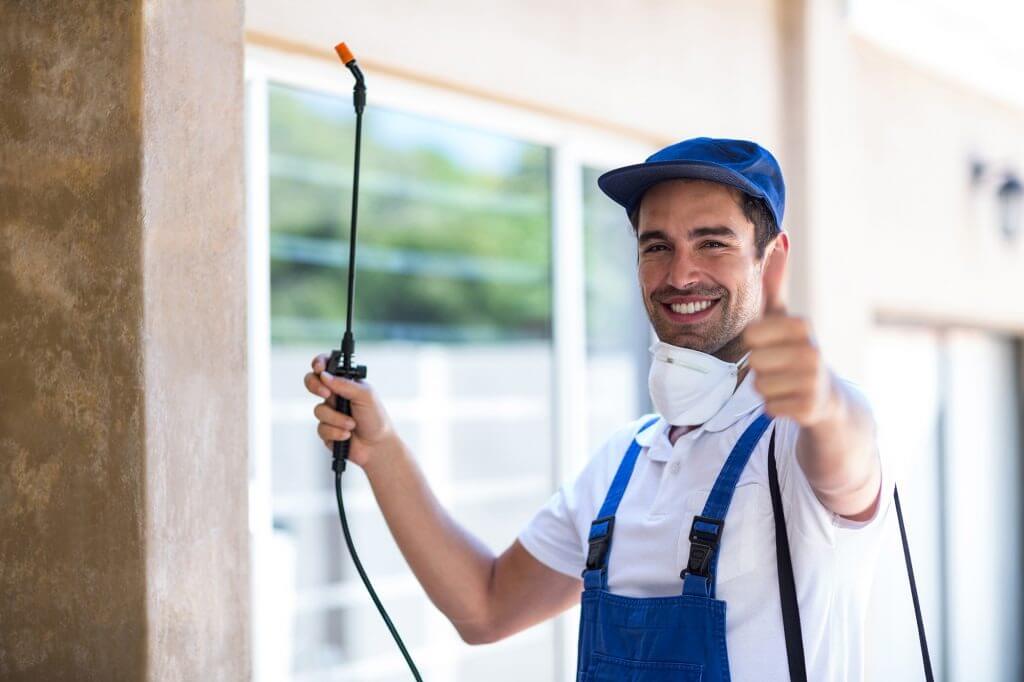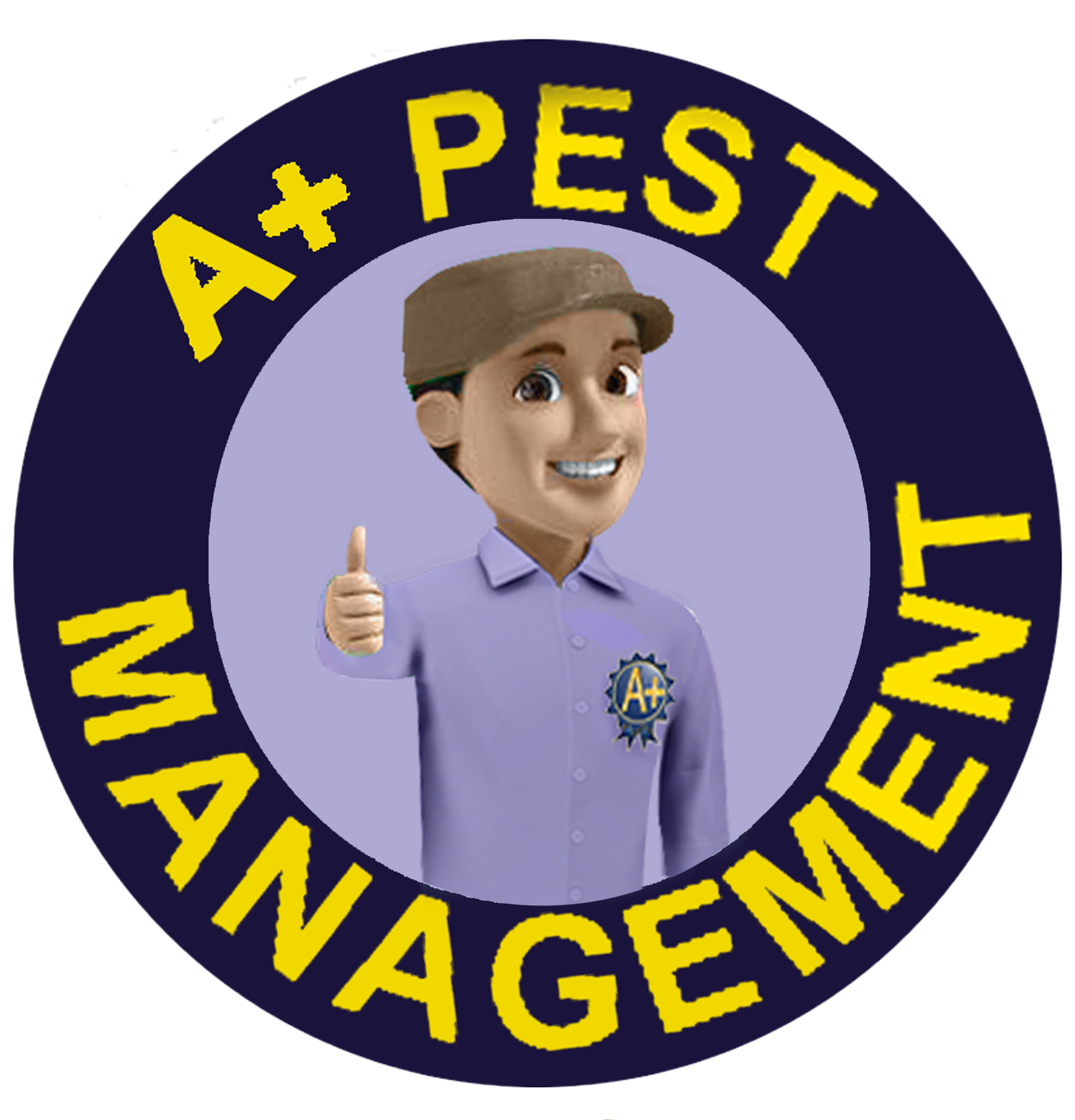Professional Pest control

Professional Pest control provides pest professionals with the latest pest industry news, information on the latest control techniques, new product details, research articles on pest behaviour and control from industry experts; and guidance on business management.
Pest control is the regulation or management of a species defined as a pest; such as any animal, plant or fungus that impacts adversely on human activities or environment.[1] The human response depends on the importance of the damage done and will range from tolerance, through deterrence and management, to attempts to completely eradicate the pest. Pest control measures may be performed as part of an integrated pest management strategy.
In agriculture, pests are kept at bay by mechanical, cultural, chemical and biological means.[2] Ploughing and cultivation of the soil before sowing mitigate the pest burden, and crop rotation helps to reduce the build-up of a certain pest species. Concern about environment means limiting the use of pesticides in favour of other methods. This can be achieved by monitoring the crop, only applying pesticides when necessary, and by growing varieties and crops which are resistant to pests. Where possible, biological means are used, encouraging the natural enemies of the pests and introducing suitable predators or parasites.[3]
In homes and urban environments, the pests are the rodents, birds, insects and other organisms that share the habitat with humans, and that feed on and/or spoil possessions. Control of these pests is attempted through exclusion or quarantine, repulsion, physical removal or chemical means.[4] Alternatively, various methods of biological control can be used including sterilisation programmes.

